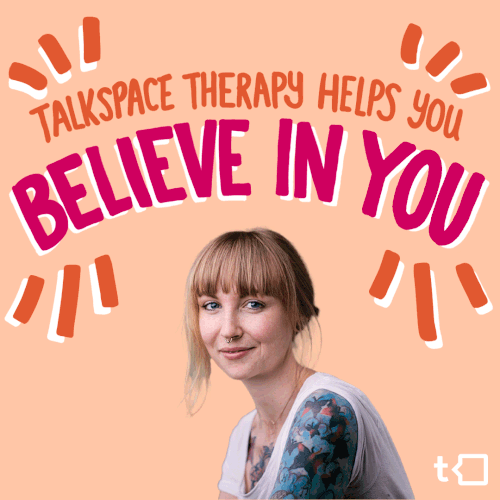ADHD is still widely linked to restlessness, impulsivity, and hyperactivity — the classic image of boys who can’t sit still in class.
But for many women, the signs look entirely different. They’re internal, subtle, and often hidden behind years of overcompensation. The result? Countless women go undiagnosed until adulthood.
In clinical settings, it’s common to meet high-achieving women in their 30s, 40s, or 50s seeking help for what they believe is anxiety, burnout, or chronic stress.
They describe busy, high-functioning lives built on performance and perfection — yet underneath lies constant mental activity, poor sleep, and the inability to “switch off.”
Only after a thorough neuropsychological evaluation does the underlying cause become clear: unrecognized ADHD, often accompanied by self-criticism, fatigue, and emotional overwhelm.
The “Good Girl” with ADHD
For many women, ADHD doesn’t appear as chaos — it’s an inner restlessness paired with a deep need for control.
From a young age, they learn to hide their struggles by becoming overly responsible, organized, and dependable.
But beneath that calm exterior, their minds rarely rest.
Planning, prioritizing, and staying ahead of everything can feel like running a marathon every single day.
Energy and focus fluctuate. After bursts of productivity come exhaustion and emotional overload.
Over time, the brain becomes overstimulated, leading to chronic stress, sleep issues, and a painful sense of never being enough.

Hormones and the Female Brain
Hormones play a crucial role in how ADHD symptoms show up.
Estrogen and progesterone interact with dopamine — the neurotransmitter that regulates focus and motivation — meaning women often experience symptom changes throughout their menstrual cycle, during pregnancy, and in menopause.
These hormonal shifts can affect concentration, mood, and energy levels.
Unfortunately, such patterns are often misunderstood as “emotional instability” or mood disorders rather than recognized as neurobiological variations.
Even today, most ADHD research and diagnostic criteria are based on male populations.
This lack of gender-specific understanding means many women only receive a diagnosis later in life — often after years of feeling inadequate or misunderstood.
When a Diagnosis Finally Brings Clarity
For most women, receiving an ADHD diagnosis isn’t limiting — it’s liberating.
It finally puts words to lifelong patterns:
- Why relaxing feels impossible.
- Why perfection feels necessary.
- Why the mind never stops moving.
Seeing ADHD through a neuropsychological lens replaces self-blame with self-understanding.
It allows for more realistic expectations, healthier coping strategies, and a sense of compassion toward oneself.
When you understand how your brain works — rather than how you think it should — life becomes easier to navigate.
Final Thoughts
ADHD in women isn’t about lack of effort, willpower, or motivation.
It’s about how the brain processes attention, emotion, and everyday demands differently.
The more we recognize these subtle, gender-specific expressions of ADHD, the better we can support women who’ve spent years feeling unseen — often while excelling at work, caring for others, and holding everything together.
A neuropsychological assessment can help uncover how these patterns shape your focus, energy, and emotional balance — and guide you toward more clarity, peace, and self-acceptance.
FAQ’s
Why is ADHD in women often missed?
Because ADHD in women tends to appear as overthinking, perfectionism, or emotional overwhelm rather than hyperactivity.
Many women compensate so well that their symptoms stay hidden for years — often mistaken for stress, anxiety, or burnout.
What does ADHD look like in adult women?
For many women, ADHD shows up as racing thoughts, mental fatigue, or difficulty relaxing.
They might appear highly capable on the outside but feel disorganized, overstimulated, or constantly “on” internally.
Can hormones affect ADHD symptoms?
Yes. Fluctuations in estrogen and progesterone can influence dopamine levels, which affects focus and mood.
Many women notice their ADHD symptoms change during their menstrual cycle, pregnancy, or menopause.
How can an ADHD diagnosis help women?
Getting diagnosed isn’t a label — it’s clarity.
It helps women understand their patterns, reduce self-criticism, and develop strategies for better focus, balance, and self-compassion.
Explore More From TextTherapy
- What Does Good Mental and Physical Health Mean to You?
- Soula Care — Stress Less, Live More
- Protecting Young Minds — Endless Scrolling
- Mavida — Mental Wellness for Pregnancy & Beyond
- Feeling Lonely? Meet Meeno — The AI That Talks Back
- Online Personality Tests Are Everywhere — But This One Actually Means Something
- The Good Girl with ADHD…
Or learn the basics in our guide:
What Is Text Therapy?














